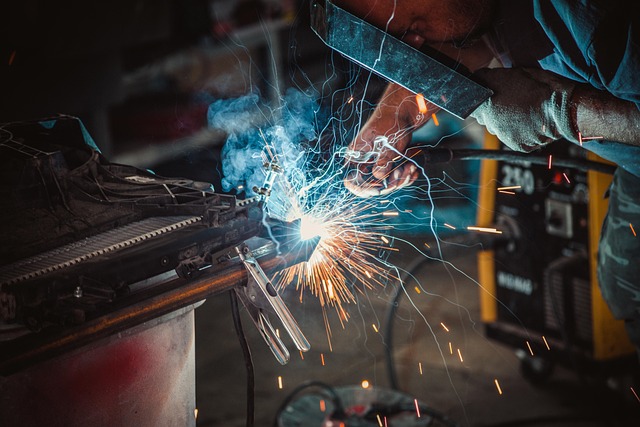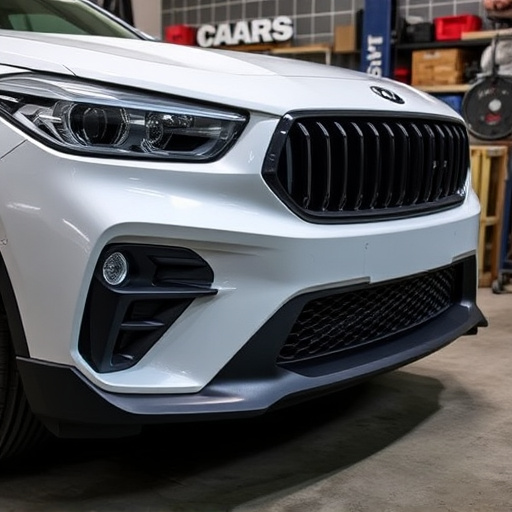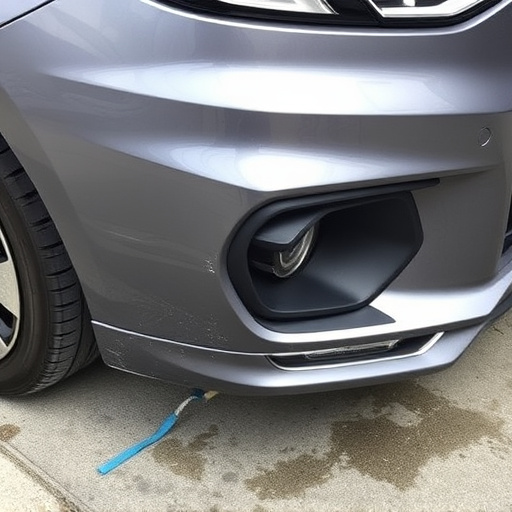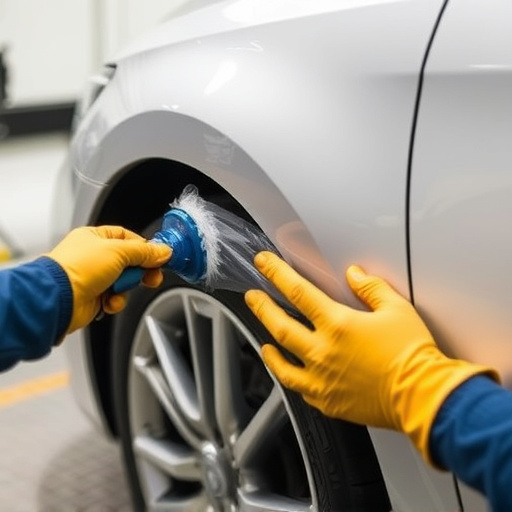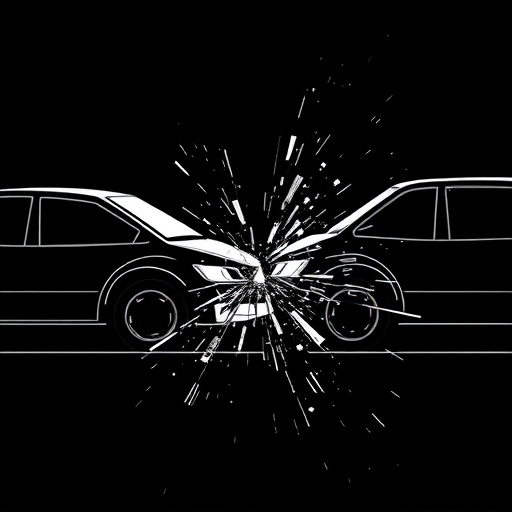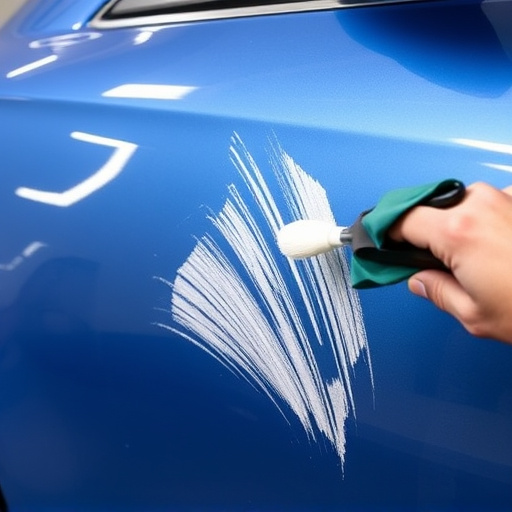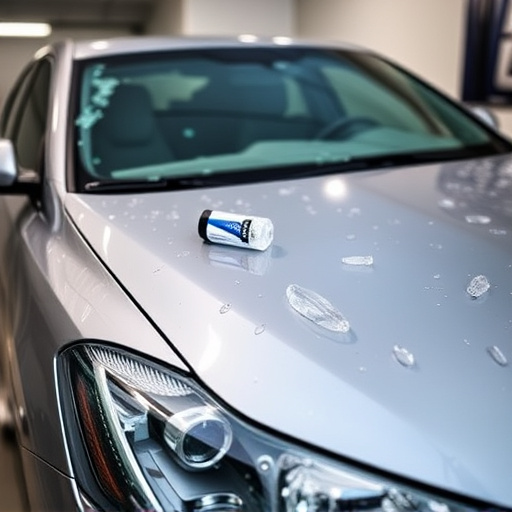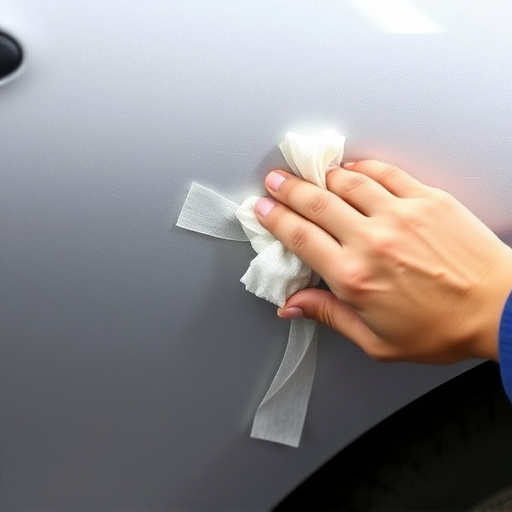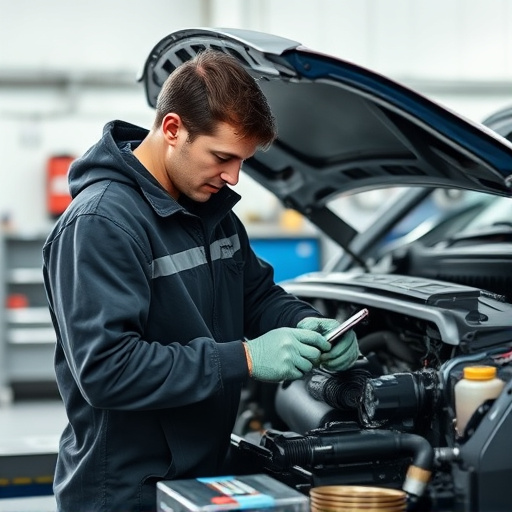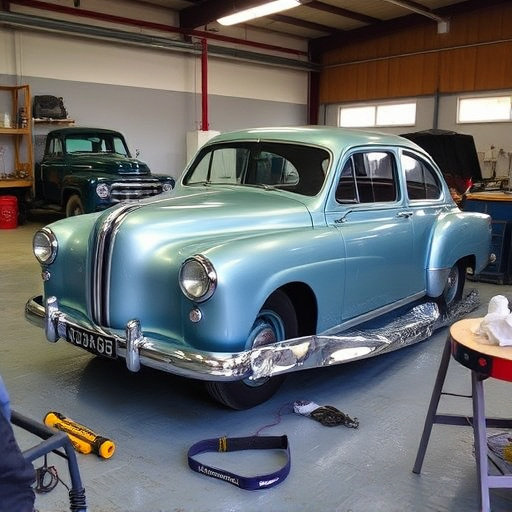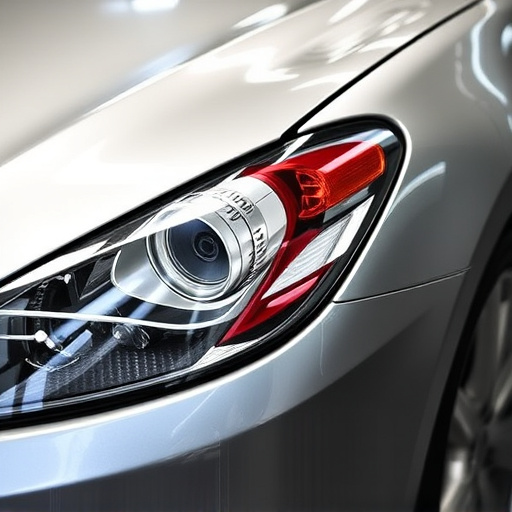The evolution of collision damage repair (CDR) training has transitioned from traditional apprenticeships to a hybrid model blending theoretical knowledge and practical skills, driven by advancements in automotive technology. Modern programs incorporate digital simulations for virtual practice, online learning platforms with interactive modules, and the use of computer-aided design (CAD) software, ensuring technicians are skilled in using advanced tools for precise and efficient CDR methods tailored to modern vehicles.
Collision damage repair technicians play a vital role in the automotive industry, ensuring vehicles return to their pre-accident condition. Training methods for these professionals have evolved significantly over time, transitioning from traditional workshops to modern digital learning platforms. This article explores the evolution of collision damage repair training, delving into the curriculum and skill development, as well as technological advancements that are revolutionizing how technicians are prepared to meet today’s demands. By examining these aspects, we gain insights into the current state and future prospects of collision damage repair education.
- The Evolution of Training Methods
- – A historical perspective on collision damage repair training.
- – Transition from traditional workshops to modern digital learning platforms.
The Evolution of Training Methods
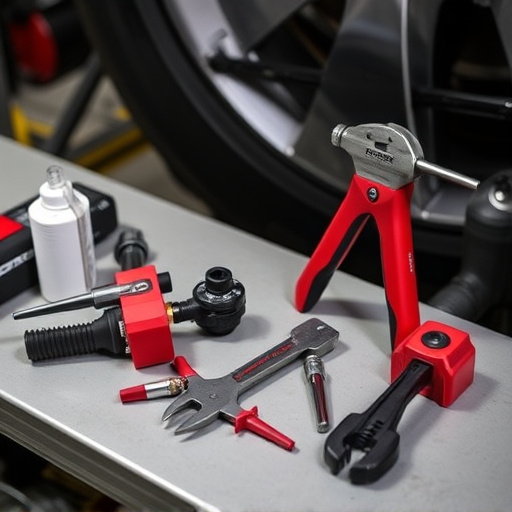
The evolution of collision damage repair training has come a long way from traditional apprenticeships. Today, technicians are equipped with a blend of theoretical knowledge and practical skills, ensuring they can handle modern vehicles’ complex repairs. This shift is largely due to technological advancements in automotive design and materials, making traditional methods outdated. Advanced training programs now incorporate digital simulations, allowing students to practice on virtual cars before tackling real-life damage scenarios.
The integration of online learning platforms has also revolutionized collision damage repair education. These platforms offer interactive modules covering topics like car scratch repair, auto bodywork techniques, and frame straightening. Students can access these resources remotely, accommodating diverse learning styles and enabling them to progress at their own pace. This modern approach ensures that technicians are not only well-versed in the latest repair methods but also adept at using advanced tools and equipment for precise and efficient collision damage repair.
– A historical perspective on collision damage repair training.
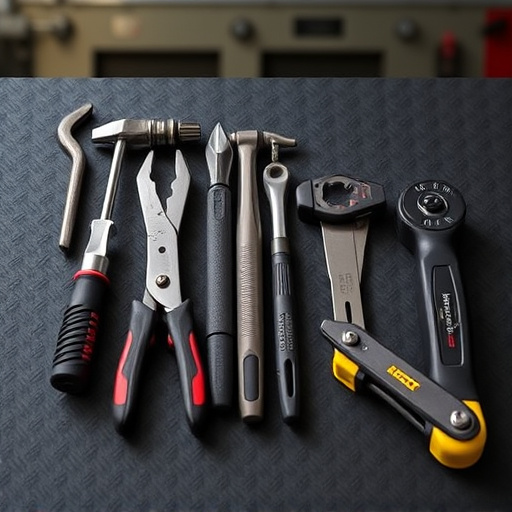
Collision damage repair training has evolved significantly over the years, adapting to advancements in automotive technology and safety standards. Historically, learning this craft involved on-the-job training where novice technicians shadowed experienced peers, picking up skills through hands-on practice. This approach, though effective, was often slow and inconsistent. With the advent of specialized schools and training programs in the mid-20th century, the industry began to formalize. These institutions provided structured learning environments, teaching not just practical techniques but also safety protocols and industry best practices.
Today, collision damage repair technicians undergo a multi-faceted training regimen that combines classroom instruction, virtual simulations, and hands-on workshops. The introduction of computer-aided design (CAD) software allows trainees to practice frame straightening and car body repair on digital models, enhancing precision and speed. Moreover, with the increasing complexity of modern vehicle systems, many programs now emphasize not just structural repairs but also electronic and aesthetic restoration, ensuring technicians are adept at addressing a wide range of collision damage repair needs.
– Transition from traditional workshops to modern digital learning platforms.
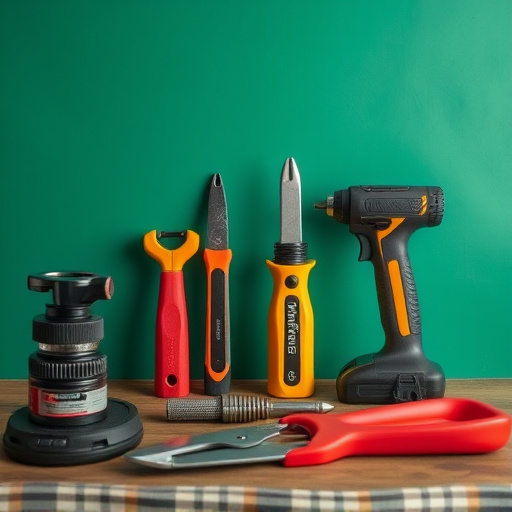
The landscape of collision damage repair training has evolved significantly over the years, moving from traditional workshops and hands-on learning environments to modern digital platforms. This shift is largely driven by technological advancements and the growing demand for specialized skills in the auto industry. Today, many leading vehicle body shop and auto collision center programs offer comprehensive digital courses that cater to a diverse range of learners.
Digital learning platforms provide several advantages, including interactive simulations, virtual reality training, and access to vast libraries of repair manuals and how-to videos. These tools enable aspiring collision damage repair technicians to acquire practical knowledge while working on digital models of vehicles. This approach not only offers flexibility but also ensures that students are equipped with the latest techniques and technologies prevalent in modern vehicle restoration practices.
Collision damage repair training has undergone a remarkable evolution, transitioning from traditional workshop settings to modern digital platforms. Today’s technicians benefit from interactive simulations, online modules, and virtual reality, enabling them to hone their skills efficiently. This shift not only enhances learning but also ensures that professionals are equipped with the latest techniques and technologies in the ever-changing landscape of collision damage repair.
